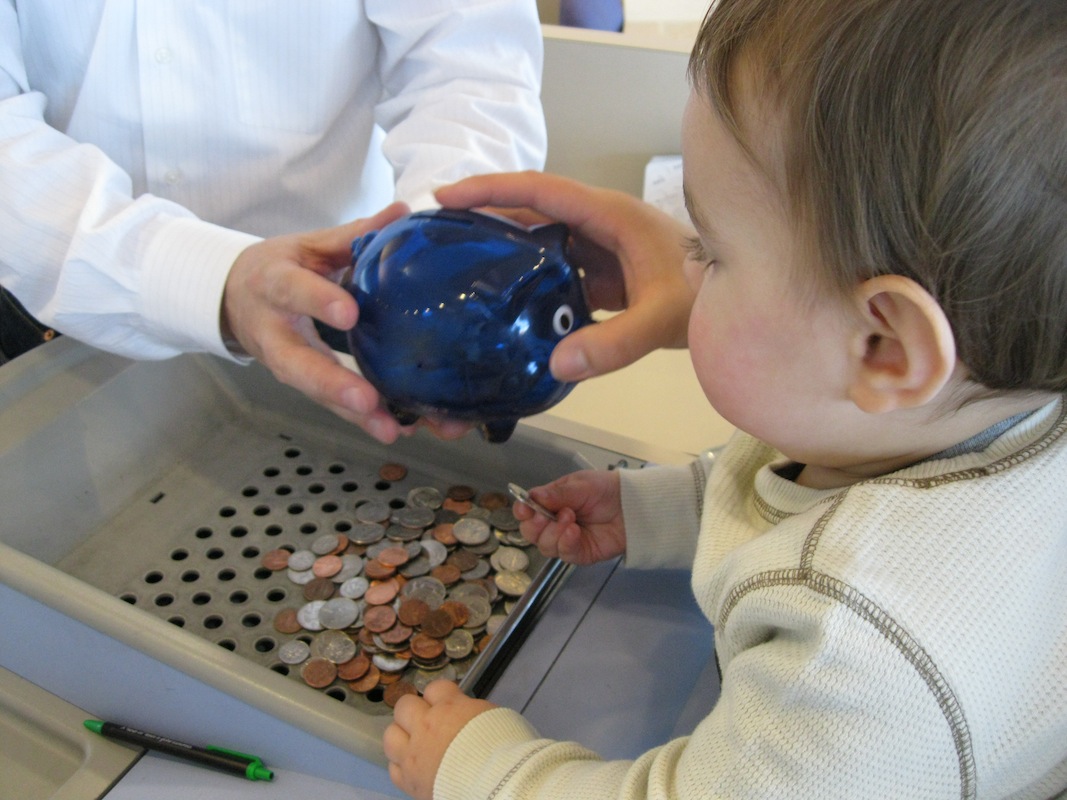The Local newsletter is your free, daily guide to life in Colorado. For locals, by locals.
The days are getting shorter—it’s happening, people!—which means that Colorado families will soon have lots of new beginnings (new notebooks, new pencils, new clothes). Why not use this transitional time to make a new financial start for your kids at the Young Americans Bank, the only FDIC-member financial institution dedicated to patrons that are 22-years-old or under. The group is celebrating 25 years of business (it has an anniversary bash on August 4), so we asked Katie Payer of Young Americans Center (the nonprofit organization that runs Young Americans Bank) for ways to jump-start a kid’s fiscal responsibility. Here, five tips to start the school year with a money savvy tilt.
1. Put savings first. If your child is earning money through chores, dog sitting, or lifeguarding, teach them to put a percentage of their earnings in a savings account. The savings balance will continue to grow, but there will be some left for spending.

2. Visit often. Make a plan to visit the bank at least once every three months. Bank patrons between ages 6 to 14 can get a Passbook that will keep track of their own bank business, classes, and activities. A routine stop also allows kids to deposit money they may received for birthday, holidays, or allowance.
3. Be a scholar. Young Americans Bank offers free Saturday classes for specific age groups to educate them on things like coin recognition for the little ones to budget planning and investing as they grow. Pre-registration is a must, but each attendee will be given a $5 voucher to deposit in their savings account after the class.
4. Get the whole family involved. The Young Americans Center picks a topic each month for families to discuss over dinner accompanied by activities and worksheets. This may sound like extra homework, but by the end, your kid may be able to outsmart some adults.
5. Show, don’t tell. As you head out to handle back-to-school shopping, take your child with you. Have them watch as their gear is rung up and you swipe your credit or debit card. When you get home, login to your bank website and show your kid how the money is taken out of your accounts. This will help dispel the idea that money magically lives on your credit card or instantly flows from an ATM.
—Photo courtesy of Young Americans Center
Follow editorial assistant Lindsey R. McKissick on Twitter at @LindseyRMcK.








